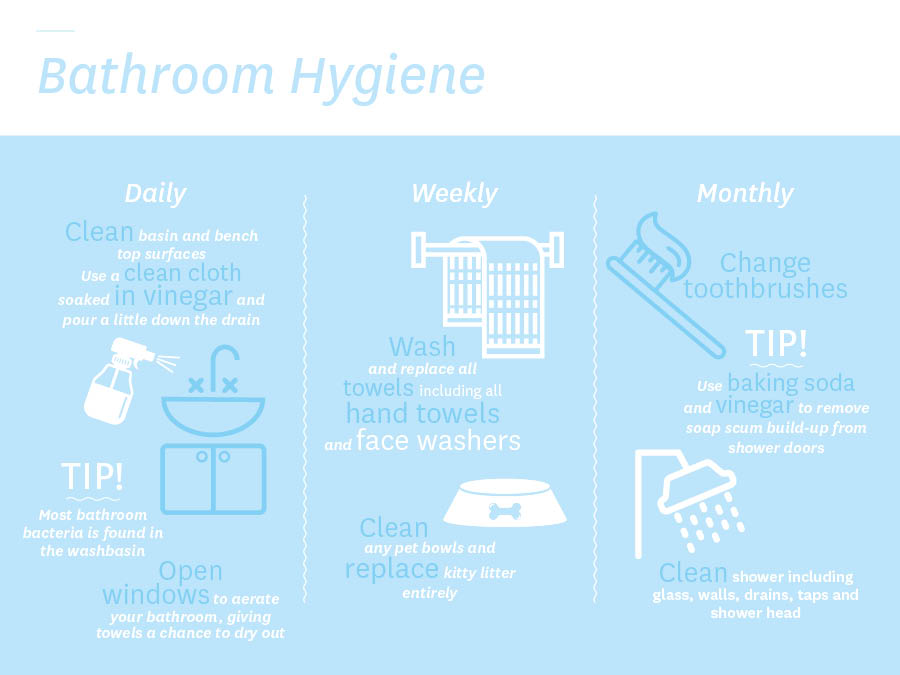
Optimizing Comfort: The Expertise of HVAC Ductwork Design Solutions
Efficient HVAC systems rely on well-designed ductwork to distribute conditioned air effectively. HVAC ductwork design is a crucial aspect that directly impacts the performance, energy efficiency, and comfort of a home or commercial space. This article delves into the significance of expert HVAC ductwork design solutions and the key considerations involved.
Understanding the Importance of HVAC Ductwork Design: A Foundation for Efficiency
HVAC ductwork serves as the circulatory system of a building, ensuring that conditioned air reaches every room. Expert HVAC ductwork design establishes the foundation for efficiency by considering factors such as air distribution, pressure balancing, and system compatibility. A well-designed ductwork layout minimizes energy losses, optimizes airflow, and contributes to a comfortable indoor environment.
Custom Solutions for Diverse Spaces: Tailoring Design to Specific Needs
Each building is unique, and HVAC ductwork design must be tailored to the specific needs of the space. Expert designers conduct a thorough analysis of the building’s layout, size, and usage patterns. This customization ensures that the ductwork system is optimized for the demands of the particular environment, whether it’s a residence, office, or industrial facility.
Balancing Airflow: Ensuring Uniform Temperature Distribution
Proper airflow balance is a critical aspect of HVAC ductwork design. Uneven distribution of conditioned air can result in hot or cold spots, discomfort, and increased energy consumption. Expert designers employ advanced techniques to balance airflow throughout the system, guaranteeing uniform temperature distribution in every room. This meticulous approach contributes to consistent comfort levels.
Minimizing Energy Losses: Efficient Ductwork Layouts
Energy losses in HVAC ductwork can significantly impact the overall efficiency of the system. Expert designers focus on minimizing these losses by implementing efficient ductwork layouts. This involves strategically placing ducts, utilizing proper insulation, and sealing any potential leaks. By reducing energy losses, the HVAC system operates more efficiently, leading to lower utility bills and a reduced environmental impact.
Adapting to Modern Technologies: Integration of Smart HVAC Controls
As technology advances, HVAC ductwork design evolves to integrate smart controls. Smart HVAC controls allow for precise monitoring and adjustment of the system. Expert designers incorporate these technologies into ductwork design, enabling users to optimize temperature settings, set schedules, and even control the system remotely. The integration of smart controls enhances overall system efficiency and user convenience.
Considerations for Indoor Air Quality: Beyond Temperature Control
Expert HVAC ductwork design goes beyond temperature control to address indoor air quality (IAQ). Properly designed ductwork includes features such as air purifiers, high-quality filters, and ventilation systems. These considerations contribute to a healthier indoor environment by minimizing the presence of airborne pollutants, allergens, and contaminants.
Flexible Ductwork Solutions: Adapting to Structural Challenges
Buildings often present structural challenges that require flexible ductwork solutions. Expert designers assess the unique features of a space, such as tight corners or irregular layouts, and design ductwork that adapts seamlessly to these challenges. This flexibility ensures efficient airflow even in spaces where traditional ductwork may be impractical.
Efficient Use of Space: Compact Ductwork Designs
In some cases, space constraints necessitate compact ductwork designs. Expert designers utilize innovative techniques to create efficient and compact layouts without compromising performance. This is particularly relevant in retrofitting existing structures or designing HVAC systems for spaces where available space is limited.
Regular Maintenance Considerations: Preserving Long-Term Efficiency
Even the most expertly designed HVAC ductwork requires regular maintenance to preserve long-term efficiency. Designers may include features that facilitate easy access for cleaning and inspection. This proactive approach ensures that the ductwork system remains in optimal condition, contributing to sustained performance and minimizing the risk of unexpected issues.
For more information on optimizing comfort through expert HVAC ductwork design solutions, visit HVAC Ductwork Design.
In conclusion, expert HVAC ductwork design solutions play a pivotal role in optimizing comfort, energy efficiency, and indoor air quality. By customizing designs, balancing airflow, minimizing energy losses, integrating smart technologies, considering indoor air quality, adapting to structural challenges, and emphasizing maintenance, expert designers create ductwork systems that form the backbone of efficient HVAC installations.




